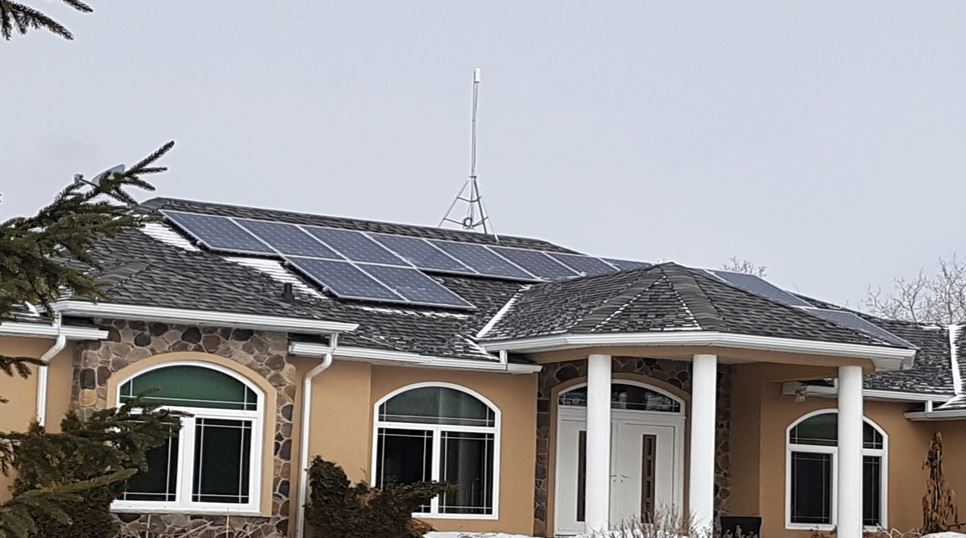Published: December 16, 2018
https://winnipegsun.com/opinion/columnists/guest-column-solar-is-cheaper-than-hydro
Manitoba Hydro’s recent solar rebate program was one of the most effective public-private partnerships in the province’s recent history. It led to more than $110 million in private investment in the province, created hundreds of high paying jobs and helped Hydro further stabilize its electrical grid, reducing costs and improving redundancy. It created direct benefits for individuals, farms and industry and helped the province add over 50 MW to the grid.
Contrary to your Dec. 5, 2018 editorial (“Hydro should not renew solar power subsidy program”), Hydro would be wise to keep the program going. We understand why you took your position. The recent National Energy Board report reported – inaccurately – that the cost of installing solar power in Manitoba makes it more expensive than hydroelectricity. The NEB based its report on installation costs that are much higher than what we have in the Prairies.
In fact, our company can install a solar system today resulting in a cost of 7.7 cents per kwh, compared to current Manitoba Hydro rate of 8.25 cents per kwh. We’ll be taking this issue up with the NEB in the days ahead. What makes the NEB’s error worse is that it only looked at today’s electricity rates. We all know Hydro rates are climbing out of control. Meanwhile, that solar panel system will be costing the same 7.7 cents per kwh for the next 30 years. What exactly will hydro rates be in 2048? Can you imagine if your Hydro bill today was priced at 1988 rates?
It is now well known that Manitoba Hydro’s financial position requires it to raise rates faster than inflation for years to come. Its executives have said publicly that the corporation’s finances have a “razor-thin margin for error.” What happens to Hydro rates when the next drought occurs? The last major drought in 2004 led to a $500 million shortfall.
Last week, Premier Brian Pallister spoke about the importance of public-private partnerships to grow our economy. The solar rebate program is an excellent example of this. It effectively created a solar industry here using mostly private investment to do so. Meanwhile, Manitoba Hydro benefited from its investment by reducing its risk, costs and reducing our collective need for massive new dams in the future.
The falling cost of solar power coupled with the steady technology improvements in panels and storage mean the industry is at a tipping point in North America. Relying solely on northern dams for our electricity will be a reckless path for Manitoba.
Extending the solar rebate program will keep a new industry growing, bringing new private investment and jobs. In a few years, we likely won’t need a rebate, but it makes eminent sense to extend it today.
Justin Phillips is CEO and co-founder of Sycamore Energy, Manitoba’s largest solar company.
